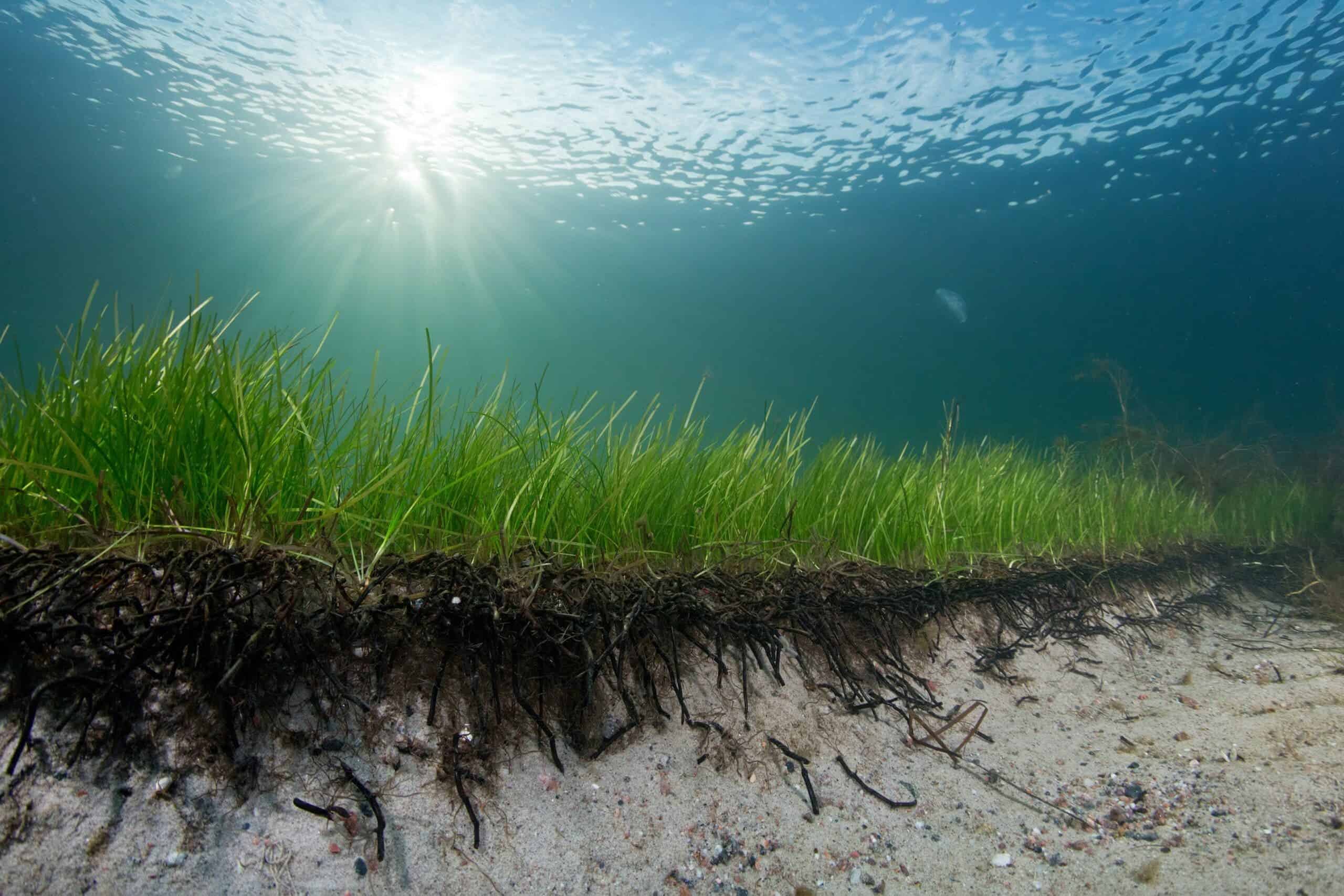Scotland's Coastal Revival: The Role Of Seagrass Planting Programs

Table of Contents
The Ecological Importance of Seagrass in Scotland's Coastal Waters
Seagrass meadows are often referred to as the "lungs of the sea," and for good reason. Their presence is paramount to the health of Scotland's coastal waters, providing a multitude of ecological benefits.
Biodiversity Hotspots
Seagrass meadows act as incredibly productive nurseries for countless fish and shellfish species. This high biodiversity is a cornerstone of a healthy marine ecosystem.
- Increased biodiversity leads to healthier fishing stocks, benefiting both the environment and the Scottish fishing industry.
- These underwater meadows provide critical habitat for juvenile fish, including commercially important species like cod, plaice, and sea bass, ensuring the continuation of these populations.
- They also support commercially important shellfish populations, contributing to the sustainability of Scotland's shellfish industry and local economies. The intricate root systems provide shelter and a rich food source for these creatures.
Carbon Sequestration
Beyond supporting marine life, seagrass plays a vital role in mitigating climate change through its exceptional carbon sequestration abilities.
- Seagrass is significantly more efficient at capturing and storing carbon than terrestrial forests, acting as a powerful "blue carbon" sink.
- By absorbing carbon dioxide from the atmosphere and ocean, seagrass helps reduce ocean acidification, a major threat to marine life.
- This carbon sequestration contributes significantly to Scotland's climate change mitigation goals, making seagrass restoration a crucial component of environmental policy.
Coastal Protection
The extensive root systems of seagrass meadows provide significant coastal protection, acting as a natural buffer against the damaging effects of wave action and erosion.
- Seagrass beds act as a natural barrier, dampening wave energy and reducing the impact of storms on coastlines.
- This natural protection reduces the impact of coastal erosion on communities and infrastructure, safeguarding homes, businesses, and vital coastal assets.
- By stabilizing sediments, seagrass helps prevent shoreline loss and protects valuable coastal habitats.
Seagrass Planting Programs in Scotland: Initiatives and Challenges
Scotland is actively involved in various seagrass restoration projects, though challenges remain.
Current Initiatives
Several organizations are leading the charge in restoring seagrass meadows across Scotland. These include government agencies like Marine Scotland, NGOs such as the Seagrass Ocean Rescue, and various universities conducting research and restoration efforts.
- Successful projects are underway in various locations across Scotland's coastline, including [insert specific examples of successful projects and their locations].
- Methods used in seagrass planting include both seed dispersal techniques and the transplanting of mature seagrass shoots, with varying success depending on environmental conditions.
- Many initiatives successfully engage local communities and volunteers, fostering a sense of ownership and contributing to valuable citizen science data collection.
Challenges and Obstacles
Despite the progress, seagrass restoration faces numerous hurdles.
- Pollution, particularly nutrient runoff from agriculture and sewage, can severely impact seagrass growth and survival. Sedimentation from coastal development also smothers seagrass beds.
- Large-scale planting operations present significant logistical challenges, requiring specialized equipment and expertise. The timing of planting is also critical for success.
- Continued funding and research are essential for overcoming these challenges and ensuring the long-term success of seagrass restoration projects.
The Future of Seagrass Restoration in Scotland: A Sustainable Approach
A sustainable approach to seagrass restoration requires ongoing monitoring, community engagement, and supportive policies.
Monitoring and Evaluation
Regular monitoring is crucial to assess the effectiveness of planting programs and adapt strategies accordingly.
- Advanced technologies, such as remote sensing and underwater surveys, are increasingly used to monitor seagrass health and growth.
- Long-term data collection and analysis are vital for understanding the long-term impacts of restoration efforts and informing future initiatives.
Community Engagement and Education
Raising public awareness about the importance of seagrass is paramount to securing long-term support for restoration efforts.
- Engaging local communities in restoration projects through volunteering opportunities and educational programs fosters a sense of stewardship.
- Educational initiatives, such as school programs and public awareness campaigns, can effectively communicate the ecological and economic benefits of seagrass.
Policy and Legislation
Supportive government policies and legislation are essential for safeguarding Scotland's seagrass meadows.
- Existing legislation, such as the Marine (Scotland) Act 2010, provides a framework for marine conservation, but further strengthening is needed to specifically address seagrass protection.
- Policy recommendations should focus on reducing pollution, mitigating coastal development impacts, and providing adequate funding for research and restoration programs.
Conclusion
Seagrass planting Scotland programs are vital for the ongoing coastal revival. Restoring these vital ecosystems enhances biodiversity, combats climate change, and protects our coastlines. Continued investment in research, community engagement, and supportive policies is crucial for the long-term success of these initiatives. Let's work together to support and expand seagrass planting in Scotland, ensuring a healthy and thriving coastal environment for future generations. Learn more about how you can contribute to seagrass planting Scotland and help protect our precious marine resources.

Featured Posts
-
 Mma Betting Tips Expert Predictions For Ufc Des Moines Fights
May 04, 2025
Mma Betting Tips Expert Predictions For Ufc Des Moines Fights
May 04, 2025 -
 Manfaatkan Limbah Rumah Tangga Cangkang Telur Untuk Pertanian Dan Peternakan
May 04, 2025
Manfaatkan Limbah Rumah Tangga Cangkang Telur Untuk Pertanian Dan Peternakan
May 04, 2025 -
 Tynna Voice Concerns For Germanys Eurovision Hopes
May 04, 2025
Tynna Voice Concerns For Germanys Eurovision Hopes
May 04, 2025 -
 Lizzos Britney Spears Impression Claim Ignites Fan Debate
May 04, 2025
Lizzos Britney Spears Impression Claim Ignites Fan Debate
May 04, 2025 -
 Qua Xua Quen Ma La Dac San 60 000d Kg Duoc Dan Thanh Pho Ua Chuong
May 04, 2025
Qua Xua Quen Ma La Dac San 60 000d Kg Duoc Dan Thanh Pho Ua Chuong
May 04, 2025
